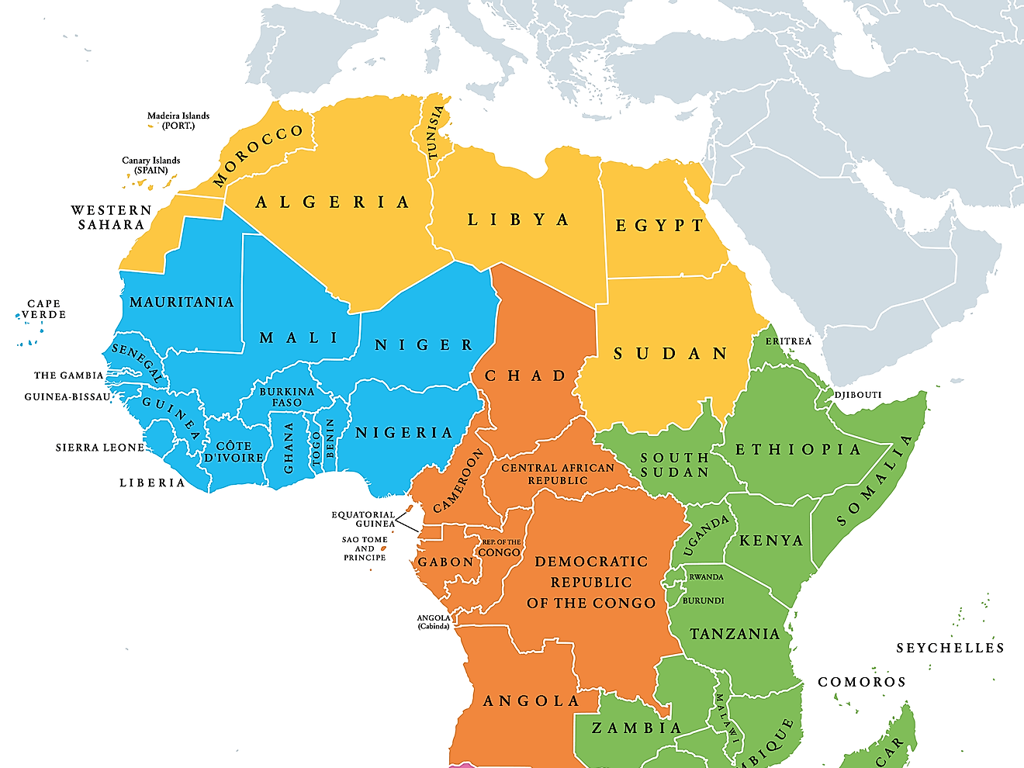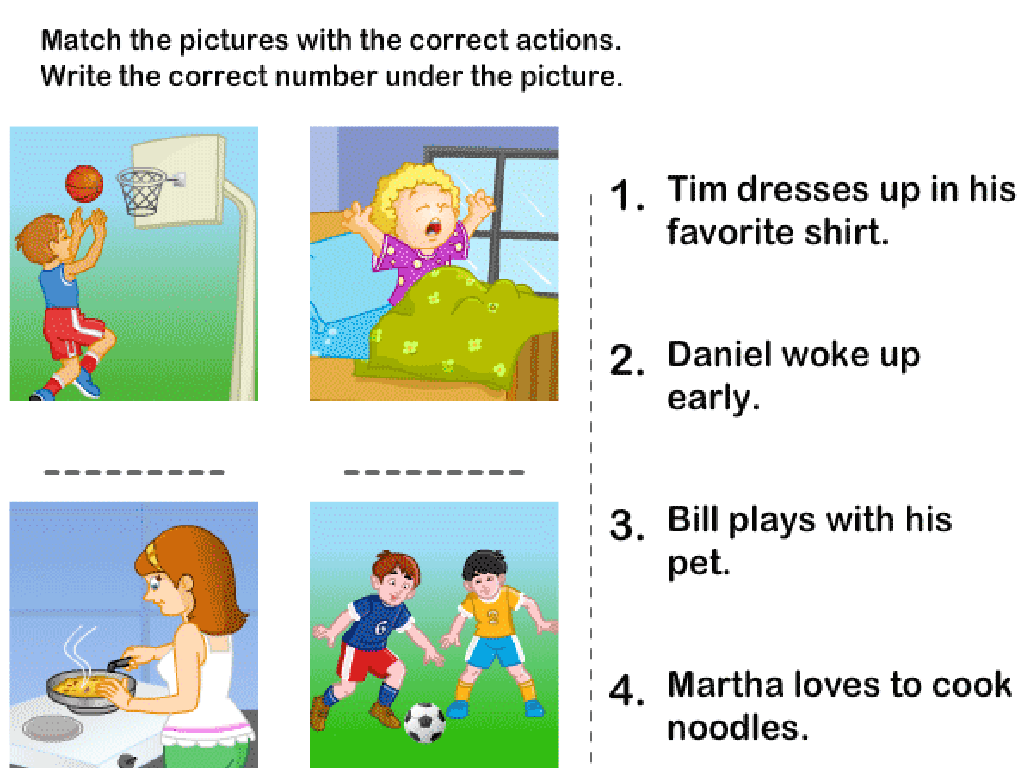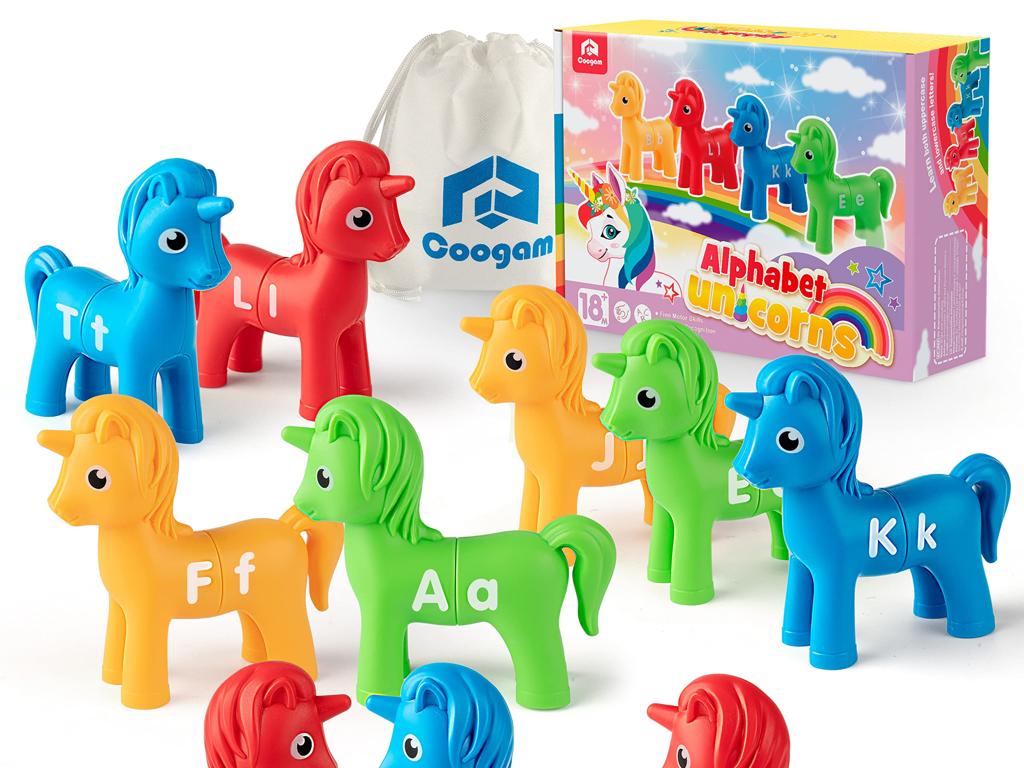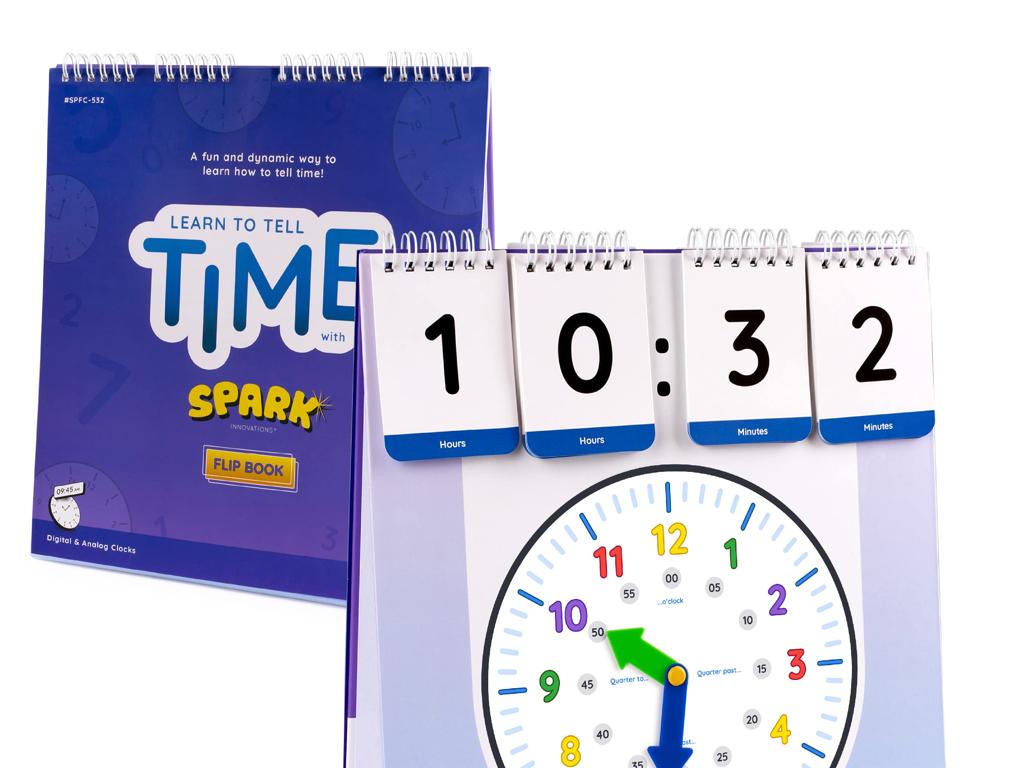Multiplication Facts Up To 10: Find The Missing Factor
Subject: Math
Grade: Third grade
Topic: Multiplication Fluency Up To 10
Please LOG IN to download the presentation. Access is available to registered users only.
View More Content
Today’s Adventure: Finding the Missing Factor
– Multiplication as groups of numbers
– Imagine you have 4 groups of 3 apples. That’s 4 times 3!
– Discover the missing factor
– If 4 x ? = 12, what number is missing?
– Multiplication: A math super skill
– It helps us quickly add groups of the same size.
– Practice problems
– Solve: 5 x ? = 20, and 2 x ? = 16
|
This slide introduces the concept of multiplication as combining equal groups, which is a foundational skill for third graders. Emphasize that multiplication is like a shortcut for addition when dealing with multiple groups of the same size. Encourage students to think of multiplication as a detective game where they find the missing number (factor). Explain why multiplication is important and how it’s used in everyday life, such as in counting items or organizing things. Provide practice problems for students to solve, ensuring they understand the concept of finding the missing factor. For the activity, students can work on additional problems or create their own multiplication riddles for their peers to solve.
Understanding Multiplication
– Multiplication: repeated addition
– It’s like adding 4 three times: 4+4+4
– Example: 3 x 4 as groups
– Imagine 3 baskets with 4 apples each
– Counting in groups: 4, 8, 12
– Add 4 apples for each basket we have
– Conclusion: 3 x 4 equals 12
|
This slide introduces the concept of multiplication to third graders by relating it to repeated addition, a concept they are already familiar with. Start by explaining that multiplication is a shortcut for adding the same number several times. Use the example of 3 x 4 to illustrate this by showing 3 groups of 4 items. Engage the class by counting together the total number of items in the groups. Conclude by reinforcing that 3 x 4 equals 12, and encourage students to think of multiplication as a faster way to add. Use visual aids like pictures of baskets with apples to help them visualize the groups. This foundational understanding will help them grasp the concept of finding missing factors in multiplication problems.
Mastering Multiplication Facts
– Memorization speeds up problem-solving
– Discover patterns in multiplication charts
– Patterns like skip counting can be seen in the rows and columns
– Practice Time: Calculate 5 x 6
– Use the chart to locate the answer to 5 x 6
– Finding the missing factor
– If 5 x ? = 30, what is the missing number?
|
This slide is aimed at reinforcing the importance of memorizing multiplication facts to enhance speed and efficiency in problem-solving. Encourage students to observe the multiplication chart closely to identify patterns, such as skip counting, which can make finding answers easier. During practice time, guide them to find the product of 5 and 6 on the chart. Also, introduce the concept of finding the missing factor in a multiplication equation, which is a critical skill for developing fluency in multiplication. Provide several examples and encourage students to use the multiplication chart to find the missing factor in each case.
Finding the Missing Factor
– Understanding the product
– Solving 2 x ? = 8
– What number times 2 equals 8?
– Using multiplication facts
– Recall 2’s multiplication table to find the answer
– Practice with different numbers
– Try finding factors for products like 4, 6, 9, and 10
|
This slide is aimed at helping students understand the concept of finding a missing factor in a multiplication equation when the product is known. Start by explaining that the product is the result of multiplying two numbers. Then, present the problem 2 x ? = 8 and guide the students to use their knowledge of the multiplication table of 2 to find the missing number. Encourage them to think of the multiplication facts they’ve memorized to solve the mystery. Afterward, give them a chance to practice with different products, reinforcing the concept that any number can be a missing factor, and they can find it using their multiplication facts up to 10. This activity will help solidify their understanding of multiplication and prepare them for more complex problems.
Let’s Practice Multiplication!
– I’ll show a problem with a missing piece
– Use multiplication facts to solve
– Example: 7 x ? = 35
– What number times 7 equals 35?
– Guess the missing number
– Think: What times 7 gives 35?
|
This slide is designed to engage students in a class activity to practice multiplication facts up to 10. Present a multiplication problem with one factor missing, and encourage students to use their knowledge of multiplication tables to find the missing number. For example, in the problem 7 x ? = 35, guide them to recall the multiplication fact that 7 times 5 equals 35, so the missing factor is 5. Provide several problems of similar structure for practice. Encourage students to work in pairs or groups to foster collaborative learning. As an extension, challenge them to create their own problems with missing factors for their peers to solve.
Group Activity: Factor Detective
– Receive set of multiplication problems
– Find the missing factors together
– Use multiplication facts up to 10 to solve
– Complete the mission as a team
– Share answers with the class
– Discuss different methods used
|
This group activity is designed to promote teamwork and collaborative problem-solving among students. Each group will receive a set of multiplication problems with one or more factors missing. The task is to work together to find the missing factors using their knowledge of multiplication facts up to 10. Once they have found all the missing factors, they will have completed their mission. Afterward, each group will present their answers and discuss the methods they used to find the solutions. This will help students learn from each other and understand different approaches to solving multiplication problems. Possible activities include: 1) Using manipulatives to visualize the problems, 2) Drawing arrays to represent the equations, 3) Creating a ‘factor tree’ on paper, 4) Using repeated addition as a strategy, 5) Playing a ‘factor bingo’ game where correct answers mark their spots.
Multiplication Bingo: Find the Missing Factor
– Play Bingo with multiplication
– Solve problems to mark spots
– Use multiplication skills to find the missing number in each problem
– Aim for five in a row
– Shout ‘Bingo!’ when you win
– We’ll verify the answers as a class
|
This class activity is designed to reinforce multiplication facts up to 10 in a fun and interactive way. Prepare Bingo cards with multiplication problems, leaving one factor out for students to solve. As they find the missing factors, they mark their spots. The first student to align five correct answers in a row, vertically, horizontally, or diagonally, calls out ‘Bingo!’. Use this opportunity to encourage quick mental math and to verify the understanding of multiplication facts. Possible variations of the activity could include: using different multiplication tables, timing the game for added challenge, or having students create their own Bingo cards with problems for their peers.
Multiplication Detectives: Mission Accomplished!
– Congratulations on finding missing factors!
– Remember: practice makes perfect
– Use your multiplication chart to help you practice
– Homework: Missing Factors Worksheet
– Complete the worksheet to become a multiplication master
– Bring completed worksheet to next class
|
Well done to all the students for learning how to find missing factors in multiplication problems. It’s important to keep practicing these skills to become fluent in multiplication facts up to 10. For homework, students are assigned a worksheet that will reinforce today’s lesson and help them practice finding missing factors. Remind them to use their multiplication charts if they need help. Collect the worksheets in the next class to assess their understanding and provide additional support where necessary.





